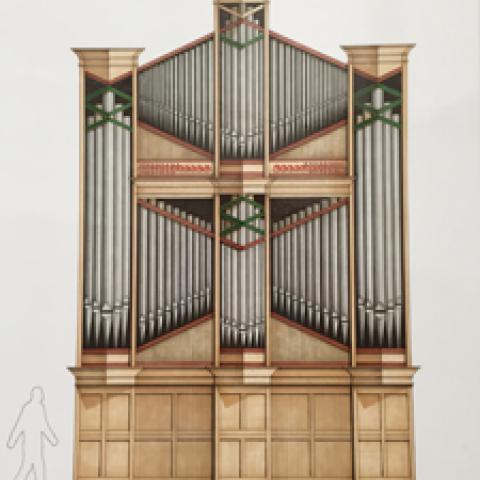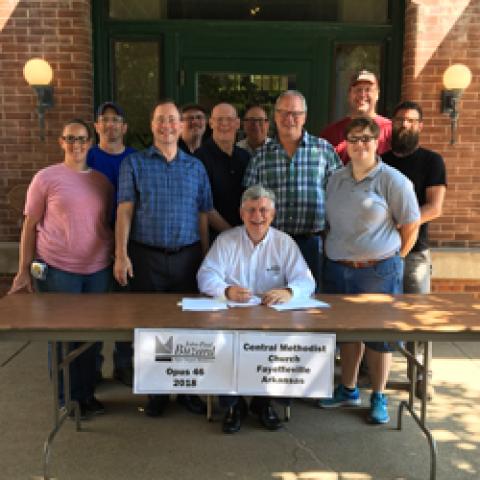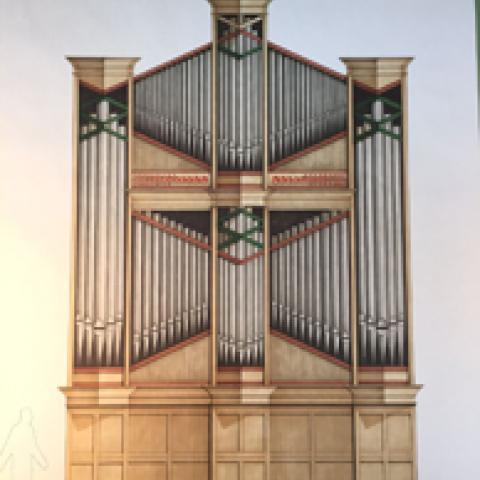
John-Paul Buzard Pipe Organ Builders announces the commissioning of an organ for Trinity Lutheran Church, Sheboygan, Wisconsin. The instrument of 41 stops, 53 ranks, across three manuals and pedal, will be the 41st pipe organ from the builder’s workshop in Champaign, Illinois.
Scheduled for delivery and completion during fall 2012, the new organ will coincide with Trinity Church’s 160th anniversary. Brian Heinlein is the parish’s director of music, teaches in the church’s school, and conducts six choirs.
The organ will incorporate black walnut organ casework from the church’s extant 1920s instrument, modified to feature façades of speaking polished tin Principal pipes. The organ will utilize electrically operated slider and pallet windchests, a steady winding system, and Peterson solid-state switching equipment.
For information: 800/397-3103; www.Buzardorgans.com.





